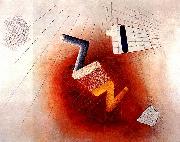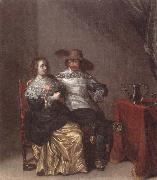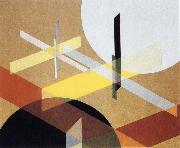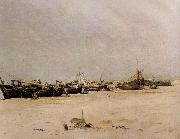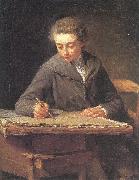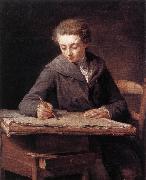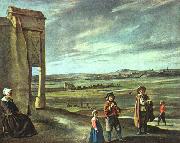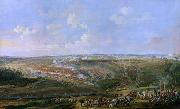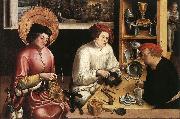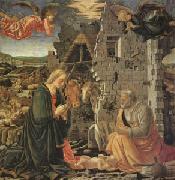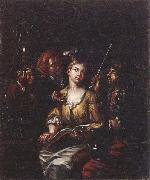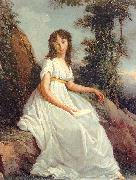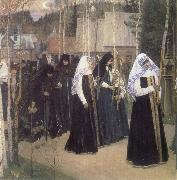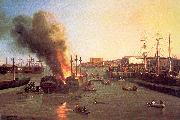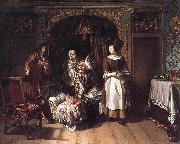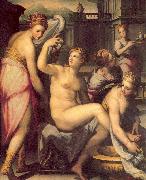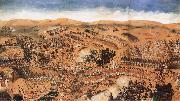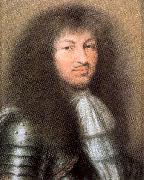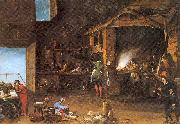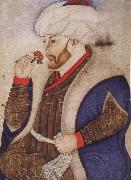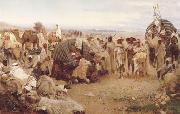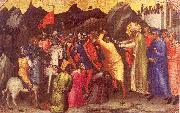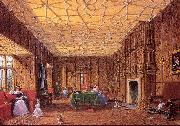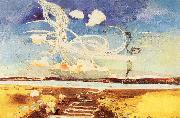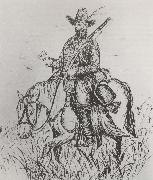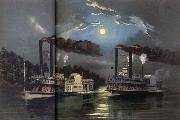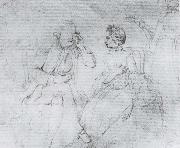|
|
|
|
|
|
|
|
|
|
|
|
|
|
lennart nilsson
|
|
1992, intestines of a new-born baby . colour photograph. lennart nilsson photography ab, stockholm |
|
|
|
|
|
|
|
|
|
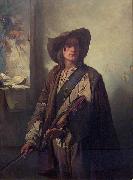 |
Louis Gallait
|
|
(9 or 10 May 1810 - 20 November 1887) was a Belgian painter. His d his reputation especially with the large painting of Charles V's abdication. Gallait's works were considered as the basis for a desirable renewal of historical paintings because of the realism, costume faithfulness and colorful posture of his paintings. His last artwork was sent on tour in Germany and that led to new signals even among German historians. He was also a distinguished portrait painter.
Gallait died in Brussels in 1887. There is a painting by Louis Gallait at the Norton Art Museum in West Palm Beach, Florida ("Art and Liberty").
|
|
|
|
|
|
|
|
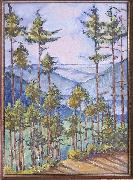 |
Marianne North
|
|
(24 October 1830 - 30 August 1890), English naturalist and flower-painter, was born at Hastings, the eldest daughter of a Norfolk landowner, descended from Roger North. |
|
|
|
|
|
|
|
|
|
|
|
 |
Maxim Nikiforovich Vorobiev
|
|
(1787-1855) was a Russian Romantic landscape painter.
Vorobiev was born into the family of a soldier, who on retirement became a guard in the Academy of Arts in St. Petersburg. There, Maxim was admitted in 1798 where he initially studied architecture but graduated as a landscape painter in 1809.
|
|
|
|
 |
Musee national de la Marine
|
|
(National Navy Museum) is a maritime museum located in the Palais de Chaillot, Trocadero, in the XVIe arrondissement of Paris. It has annexes at Brest, Port-Louis, Rochefort (Musee National de la Marine de Rochefort), Toulon and Saint-Tropez. The permanent collection originates in a collection that dates back to Louis XV of France.
In 1748, Henri-Louis Duhamel du Monceau offered a collection of models of ships and naval installations to Louis XV of France, with the request that the items be displayed at the Louvre and made available to students of the Naval engineers school, which Duhamel headed. The collection was put on display in 1752, in a room of the first floor, next to the Academy of Sciences; the room was called "Salle de Marine" (Navy room), and was used for teaching.
With the French Revolution, the Salle de Marine closed in 1793. The collection was added to models owned by the King personally, to others owned by the Ministry of Navy, and yet others owned by emigres or executees (notably Philippe Égalite). A short-lived museum was opened between 1801 and 1803 at the Ministry of Navy, then located at Place de la Concorde.
|
|
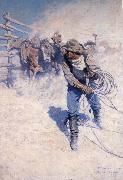 |
N.C.Wyeth
|
|
American Golden Age Illustrator, 1882-1945 |
|
|
|
|
|
|
|
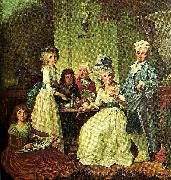 |
naigeon
|
|
(July 15 1738, Paris - 28 February 1810, Paris) was a French artist, atheist philosopher, editor and man of letters best known for his contributions to the Encyclop??die and for reworking Baron d'Holbach's and Diderot's manuscripts.
|
|
|
|
|
|
|
|
|
|
|
|
|
|
|
|
|
|
|
|
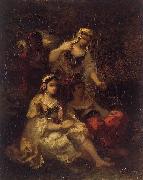 |
Narcisse Virgilio Diaz
|
|
August 25, 1807-November 18, 1876) was a French painter of the Barbizon school.
Diaz was born in Bordeaux to Spanish parents. At the age of ten, Diaz became an orphan, and misfortune dogged his early years. His foot was bitten by a reptile in Meudon wood, near Sevres, where he had been taken to live with some friends of his mother. The bite was poorly dressed, and ultimately he lost his leg. However, as it turned out, the wooden stump that replaced his leg became famous.
At fifteen he entered the studios at Sevres, first working in the decoration of porcelain occupied him and later turning to painting. Turkish and Oriental scenes attracted him, and he took to painting Eastern figures dressed in richly coloured garments; many of these paintings remain extant. He also spent much time at Barbizon.
At Fontainebleau Diaz found Rousseau painting his wonderful forest pictures, and was determined to paint in the same way if possible. However, Rousseau was then in poor health, embittered against the world, and consequently was difficult to approach. On one occasion, Diaz followed him surreptitiously to the forest, wooden leg not hindering, and he dodged round after the painter, trying to observe his method of work. After a time Diaz found a way to become friendly with Rousseau, and revealed his eagerness to understand the latter's techniques. Rousseau was touched with the passionate words of admiration, and finally taught Diaz all he knew.
Diaz exhibited many pictures at the Paris Salon, and was decorated in 1851. During the Franco-German War he went to Brussels. After 1871, his works became fashionable and rose gradually in the estimation of collectors, and he worked constantly and successfully. Diaz's finest pictures are his forest scenes and storms, and it is on these that his fame rests. There are several examples of his work in the Louvre, and three small figure pictures in the Wallace Collection, Hertford House. |
|
|
|
|
|
|
|
|
|
|
|
 |
Nasi
|
|
Italian, 19th century |
|
|
|
natalia goncharova
|
|
natalia goncharova(1881 to 1962),Russian painter, stage designer, printmaker and illustrator. She was a leading artist of the Russian avant-garde in the early 20th century but became a celebrity in the West through her work for SERGE DIAGHILEV and the BALLETS RUSSES. During the 1920s she played a significant role within the Ecole de Paris and continued to live and work in France until her death.
|
|
|
|
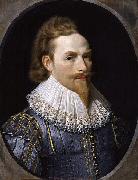 |
Nathaniel Bacon
|
|
(1585-1627) was a wealthy landowner from Culford, Suffolk, England.
self-portraitBacon was an exceptionally skillful amateur painter and gardener. Only a small group of 9 of his paintings survive. He was particularly known for his kitchen and market scenes, dominated by still-life depictions of large vegetables and fruit, often accompanied by a buxom maid, the most well known being "The Cookmaid with Still Life of Vegetables and Fruit" (Tate Gallery London). This predilection for cook or market scenes is much more common among Dutch and Flemish painters, see for example Joachim Beuckelaer (1533-1574), or from a later generation, Pieter Cornelisz van Rijck (1567-ca.1637), and Cornelis Jacobsz Delff.
Bacon is credited with the first known British landscape and also painted a self-portrait and a number of other portraits. He was created a Knight of the Bath in 1625, in honour of the Coronation of Charles I. He died at Culford Hall at the age of 42. He was buried there on 1 July 1627. His little daughter, Jane, aged three years, died that same October and is buried alongside her father. The entries of their burials follow each other in the Culford Parish Burial Register.
He was the son of Sir Nicholas Bacon, 1st Baronet. |
|
|
|
|
|
|
|









